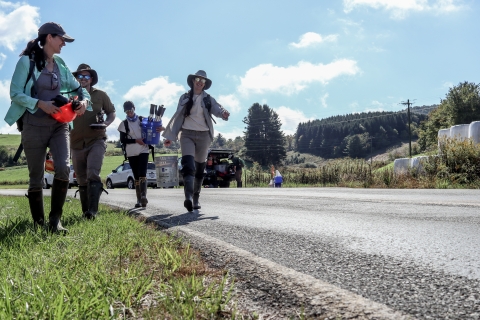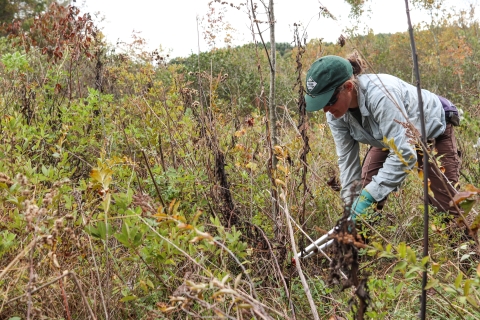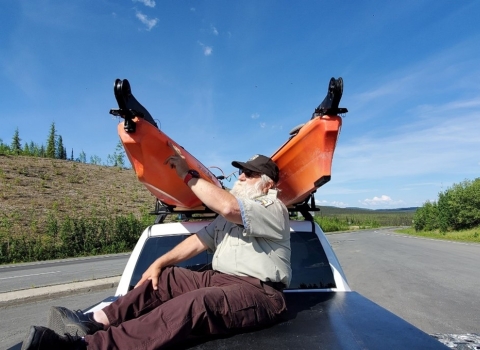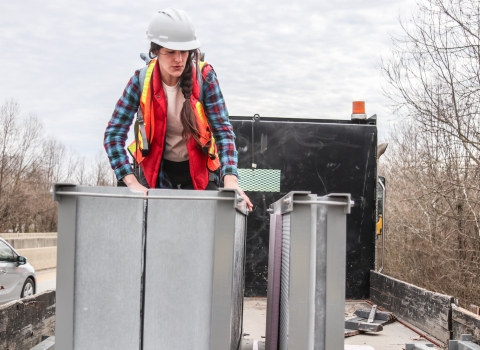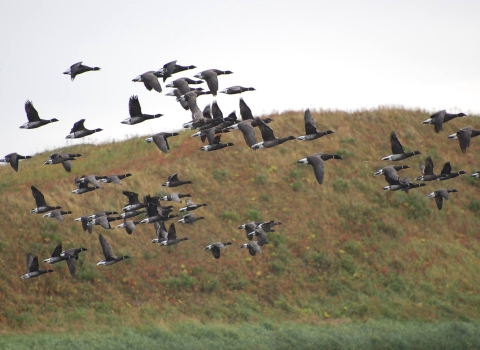Red maple is one of the most common trees in North America, and sometimes there’s a choice to be made between this common tree and some of the rarest plants and animals in the world.
Southern Appalachian Mountain bogs are rare habitats scattered from North Georgia into Virginia. Most are small, easily missed by the untrained eye as one drives Appalachia’s rural roads. But they are key to diversity, providing a home to rare plants and animals including carnivorous plants and the bog turtle, North America’s smallest turtle and an animal protected by the Endangered Species Act.
Bogs depend on the groundwater flowing through them, and many of the rare plants and animals found there depend on ample sunshine - for sun-loving plants to photosynthesize or a turtle to bask. Red maples and some other woody plants – both native and invasive – can be a double threat to the health of a bog – shading out the native bog plants, and taking up excessive amounts of water, slowly drying the bog.
This is a problem especially in a landscape where hydrology has been impacted by humans. Activities such as past ditching of wetlands or installation of wells can contribute to drying and give a leg up to woody species such as red maples, allowing them to easily invade bogs.
A simple management tool to ensure the future of those turtles, carnivorous plants, and other bog species? Cutting maples and other plants whose shade threatens and whose roots are taking up water.
Service and North Carolina Wildlife Resources Commission staff recently turned out at an Alleghany, NC bog to cut back the encroaching woody plants, allowing the sunshine to enter and ensure the groundwater continues flowing.



